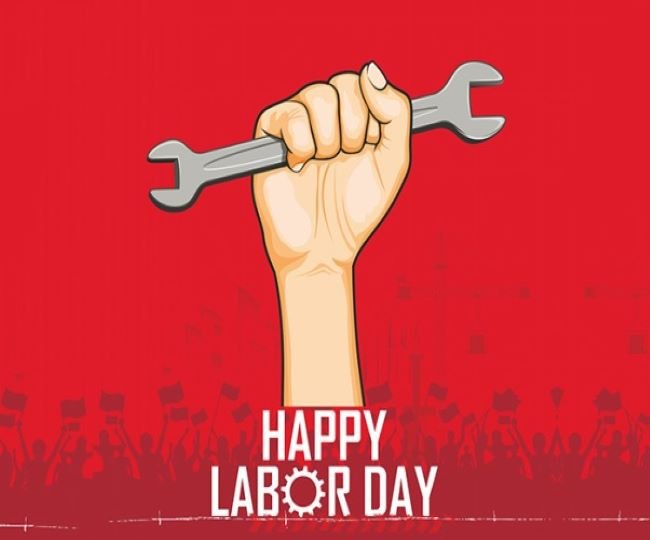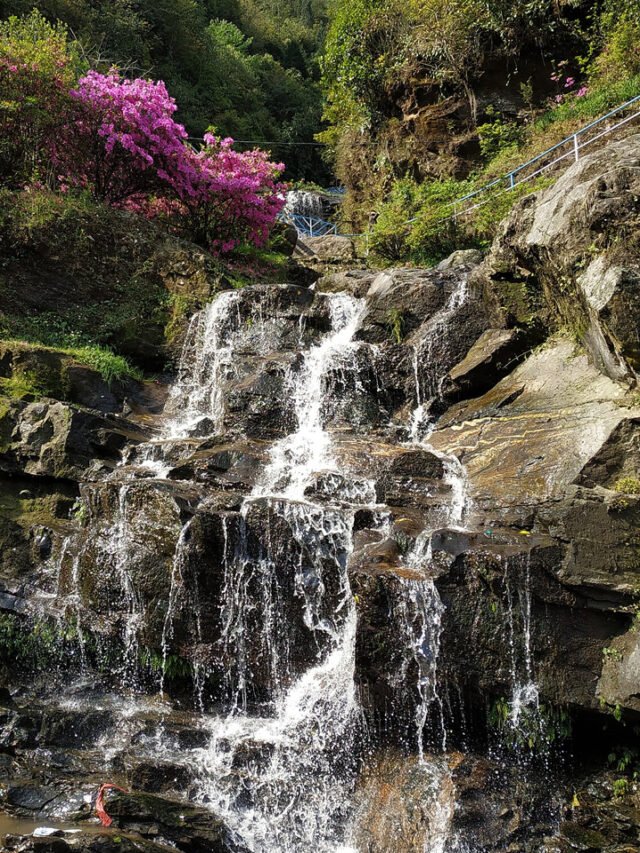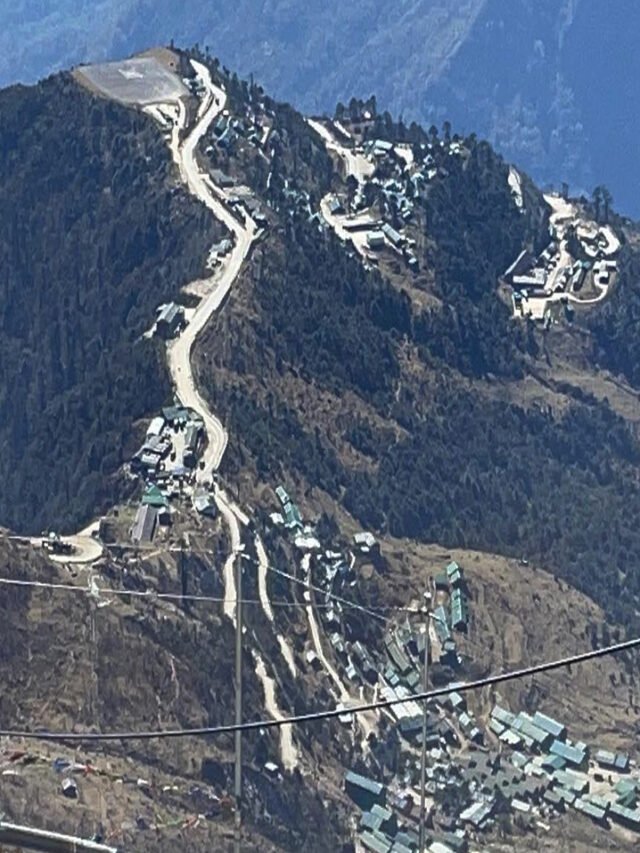By: Er. Prabhat Kishore
Before independence, journalists used to get very low salaries in India. Neither the working hours were fixed nor there was any proper arrangement for holidays. The policy of “No work No pay” was adopted by the newspaper owners in case of illness. The journalists had to face many such problems and miseries. For the prevention of these problems, the journalists of the country and the states have been demanding from time to time to investigate the newspaper industry, in which they have been successful to a large extent.
In 1944, a committee was appointed by the All India Hindi Journalist Association to investigate the newspaper industry. Fifteen questions were asked by the committee, such as name, address, title, other qualifications, salary, whether there is any rule regarding increment etc. The answers to these questions were quite interesting. A journalist replied –“What is the destination of flying birds, where there is fodder, there is home. He got a job for fifty rupees. Salary hike is not expected. There is no provision for leave even in case of illness.”
The answer of the second gentleman was- “My salary was sixty rupees per month. Presently he is being paid eighty five rupees. There is no provision of pension, gratuity, insurance etc”. Bhola Paswan Shastri, who later became the Chief Minister of Bihar (three times), used to work in the daily “Rashtravani”, published from Pataliputra. His answer was –“I get fifty rupees here. Earlier, I used to work in Rashtra Sandesh for twenty rupees”. Ramkrishna Raghunath Khadilkar (Hindi Dainik Aaj) replied – “I have been getting eighty rupees to one hundred and thirty five rupees for working in different newspapers.”
In the year 1944, the All India Newspaper Editors’ Conference constituted an inquiry committee, which at its Karachi session recommended a monthly salary of one hundred rupees for English journalists and seventy-five rupees per month for vernacular journalists. Delhi Hindi Journalist Association and Bihar Journalist Association opposed this proposal and demanded monthly payment ranging from one hundred to one hundred and twenty five rupees.
In 1944, Syed Abdullah Barelvi, while presiding over the All India Newspaper Editor’s Conference in Chennai (Madras), said that journalists should be organized on the basis of trade union. In the meantime in Punjab, the Punjab Journalists Association was formed under the leadership of Rana Jang Bahadur Singh and A.C. Bali. This union threatened the newspaper-owners, as a result of which the journalists were paid good salaries in the form of dearness allowance. There was an increase in the salary of newspaper’s journalist from Rs.60 to Rs.80. This increased the trust of journalists towards the trade union. In 1947, a committee was appointed by the Government of Uttar Pradesh to investigate the difficulties faced by journalists in the state. Similarly, the Government of Madhya Pradesh also appointed an inquiry committee under the chairmanship of Justice Madolkar. Both the committees submitted their reports to the respective governments, but no action was taken on them.
Meanwhile, in September 1947, an unpleasant incident took place in the daily Aaj published from Kashi. Shrikant Thakur Vidyalankar, the then editor-in-chief of the newspaper, was forced to quit his job. Thirteen members of the editorial division went on a one-hour pen strike against the rude behaviour meted out to him by the newspaper owners. However, they assured that the publication will be delivered on time and there would be no other loss. But the owners immediately fired those thirteen journalists. This untoward incident irked the journalists across the country and they were forced to form a federation of journalists at the national level. On 28 October 1950, Journalists from all over India organized a conference in Delhi, in which the “Indian Federation of Working Journalists” was founded. M. Chellapati Rao was elected as the president of the federation and Jagdish Prasad Chaturvedi as the secretary.
In March 1951, the constitution of the Federation was presented for approval in its convention held in Mumbai. According to this, it was decided that the federation will remain a proletarian federation in true sense i.e. organisers of the newspaper will not be its members. At the same time only those unions or associations will be recognized as members, who have been registered as trade unions. The constitution of the federation was passed unanimously. The representatives of the South Indian Journalists Association did not participate in it.
In April 1952, in the Calcutta session of the federation, a strong demand was made to the Government of India to investigate the newspaper industry and appointeda commission. Along with this, some policy related decisions were taken which continued to conduct the activities of the conference for a long time. In the session, a demand was made to provide the benefits of Labour Law, Industrial Disputes Act, Wages Act and other similar laws to working journalists. After the formation of the federation, two journalists of the English daily “Leader” published from Prayag were suddenly removed from their jobs. In this one Mahipati Ram Nagar had served the newspaper for twenty one years and the other Ramnathan for twenty eight years. They were neither given retrenchment salary nor notice amount. Ramnathan had to get his daughter married. He was so worried that he died on 13 July 1952.
The Newspaper Commission was appointed on 23 September 1952, which submitted its report to the Government of India in 1954. Several journalists of the country testified before the commission under the leadership of Vinaynath Narayan Singh, assistant editor of “The Searchlight” published from Pataliputra. Under his leadership, the Bihar Working Journalists Union presented a very impressive report. Singh also submitted accountable documents, as a result of which he was fired by the Searchlight’s management. Till then the journalists of the country did not come under the purview of the definition of labourer. The result was that even after knocking the doors of the Supreme Court, Singh could not get any legal help. After this, Singh stayed in Delhi for some time, but where he went is not known till date. He was the first recognized person to be martyred on the sacrificial altar of journalistic movement.
The Indian Federation of Working Journalists believes in the labour welfare, so it had to organize movements to protect the rights and interests of journalists. The Indian Working Journalist movement basically started with economic questions, but has been active in defending of newspaper’s freedom, raising the standard of journalism, and restructuring the newspaper industry.
The other universal body of journalists in the country is the National Union of Journalists (India), which claims to believe in the same policy and objective as the federation. Indian Working Journalist Federation, Press Trust of India Union, United News Agency Union and Newspaper Employees Federation of India jointly formed a larger federation to protect journalists and newspaper employees from exploitation by newspaper owners. Even after this, the journalists associations formed in the states are trying to find solutions to the problems faced by the journalists of the country in different states and newspapers.(The author is a technocrat and educationist. He studied Journalism and Mass Communication at Patna University, Patna, Bihar)












